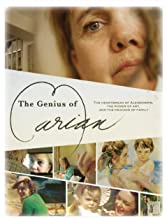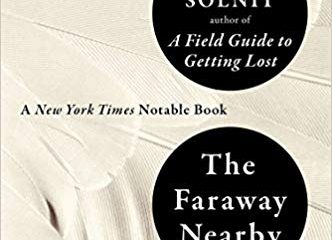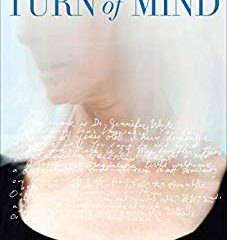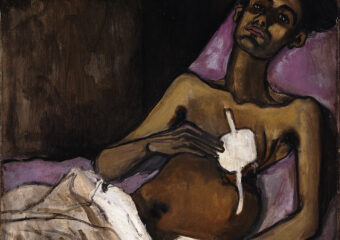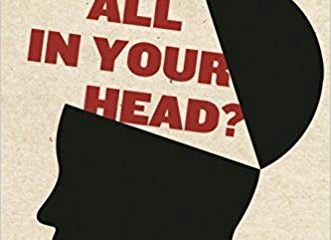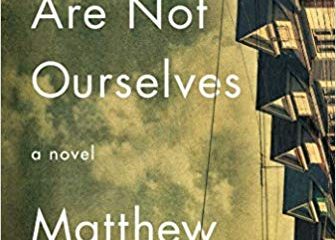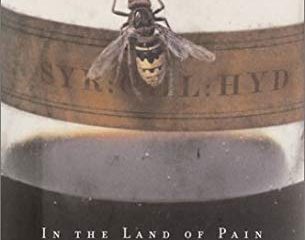The Genius of Marian
A Son Films His Mother’s Dementia Journey
According to the art: The filmmaker follows the experience his mother has with Alzheimer’s disease over the course of about three years. Included are interviews with his mother, father, and siblings, as well as some of his mother’s longtime friends. The filmmaker splices in family movies spanning three generations reveals how the trajectory of his mother’s life changes as a result of her dementia, and shows personality traits that survived it. A more distant view of the film captures the dementia experience for a devoted, affluent, white, American family.
